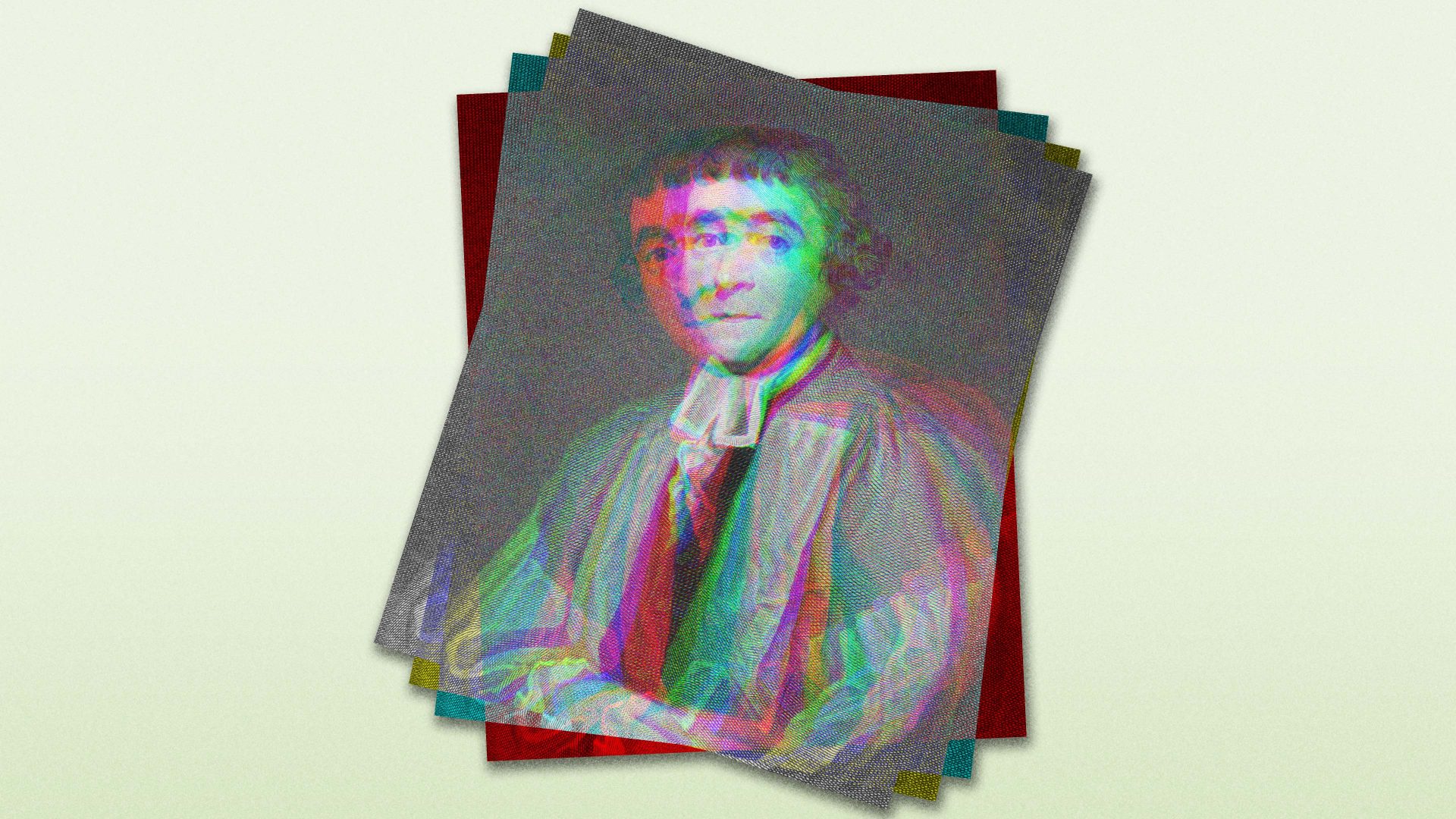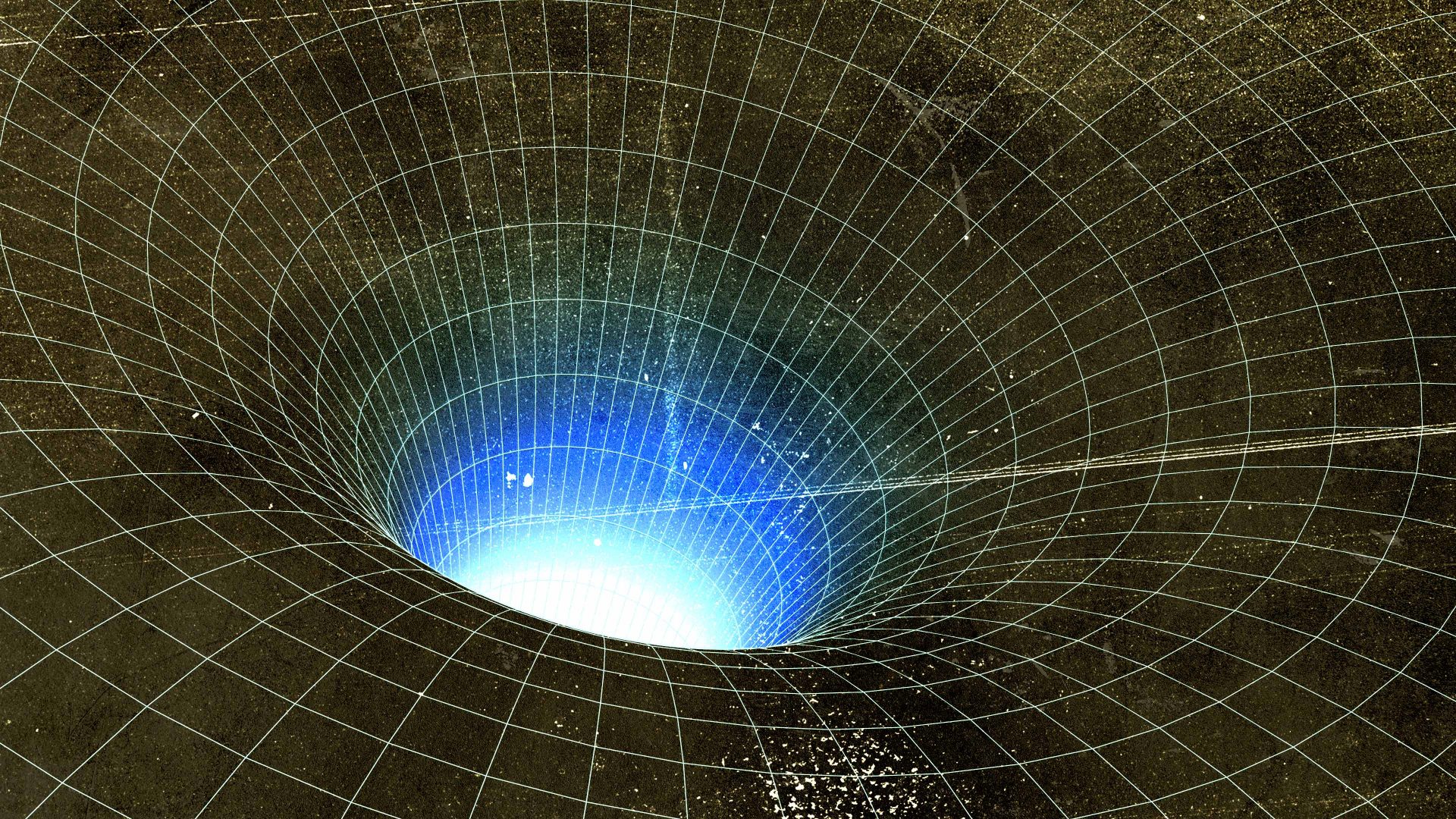The key philosophical figures of the Scottish enlightenment in the 18th century were David Hume, Adam Smith, Thomas Reid, and Francis Hutcheson. These remarkable men exchanged ideas with one another in Edinburgh and Glasgow, sometimes over a bottle of claret.
Aberdeen played its part too, and James Beattie, who became professor of moral philosophy at the city’s Marischal College was, in his time, a celebrated populariser of the philosophy of common sense.
Philosophers today class Beattie as a minor figure even though his most important work, the grandly named An Essay on the Immutability of the Truth in Opposition to Sophistry and Scepticism (published in 1770) was once a bestseller. Both Samuel Johnson and Edmund Burke praised it.
Because of it, Beattie was painted by Joshua Reynolds and the king gave him a pension. Today, hardly anyone reads it. You can take a degree in philosophy without hearing Beattie’s name mentioned.
Beattie despised David Hume’s sceptical philosophy. He believed the faculty of common sense, a natural ability to discern truth, was sufficient to dispel the sorts of doubts that were central to Hume’s approach. Common sense should, in Beattie’s view, trump reason.
He was a follower of Thomas Reid, who believed much the same, but history has judged Beattie a far less sophisticated thinker than Reid. Hume’s description of him as “that bigoted silly fellow Beattie” is the view that has stuck.
On at least one point, however, he was far more insightful than Hume. Hume, sad to tell, was a racist (so too was Immanuel Kant). In an infamous footnote to his essay Of National Characters, which he added in 1753, Hume wrote: “I am apt to suspect the negroes to be naturally inferior to the whites.”
Beattie reacted strongly against this and against Hume’s attempted justification for this view. He dissected and refuted Hume point by point. Beattie was a committed abolitionist too, describing slavery as “a barbarous piece of policy”. For all his cleverness, on this Hume was firmly on the wrong side of history, and Beattie on the right.
It’s Beattie, however, who has largely been forgotten. But his star shone briefly again last week.
Not just a philosopher, and a distinguished poet, he was also a dedicated amateur musician. His cello, a high-quality instrument made in Aberdeen by Robert Duncan in 1756, has survived in wonderful condition with its original neck, bridge, and set-up intact.
It was bequeathed to Marischal College (the precursor of the University of Aberdeen) and is the oldest Scottish cello. Last Friday, Lucia Capellaro played it in a concert of baroque music in Aberdeen’s King’s College Chapel. She described the instrument as stunning and having a very pure and direct sound even though it hadn’t been played for 220 years.
How different from one of the most celebrated violins ever made, the so-called Messiah, a Stradivarius that stands silently in a glass case in the University of Oxford’s Ashmolean Museum. Made in 1716, it is from Antonio Stradivari’s so-called Golden Period, and in superb condition, although its neck, bridge, tuning pegs, and tailpiece were modified in the 19th century.
But it is not played now and probably won’t ever be played again. When it was donated in 1940 by the violin makers WE Hill and Sons, a strong recommendation of the donors was that, to protect it, it should not be played and only rarely taken out of its glass case. The virtuoso Nathan Milstein may have been the last musician to play it – in the Hill’s violin shop some time before 1940. He described this as an unforgettable experience.
The logic behind this is that the Messiah is in such good condition that it should be preserved for posterity in its undamaged form. The curators are under a moral obligation to respect the wishes of the donors, but to many of us it seems wrong that this great musical instrument should never be played, particularly when other violins by the same maker are still used in concert halls around the world.
I recently visited New York, where one of Andrés Segovia’s most important guitars, made by the German luthier Hermann Hauser in 1937, hangs in a case in the Metropolitan Museum. This was the maestro’s main concert guitar between 1938 and 1962.
I hope that the conditions of the bequest from his widow Emilita Segovia permit its playing from time to time. The finest musical instruments can be extremely beautiful, but they deserve to be played, not just admired through glass.



